Home>Interior Design>13 Things You Should Never Put In A Garbage Disposal
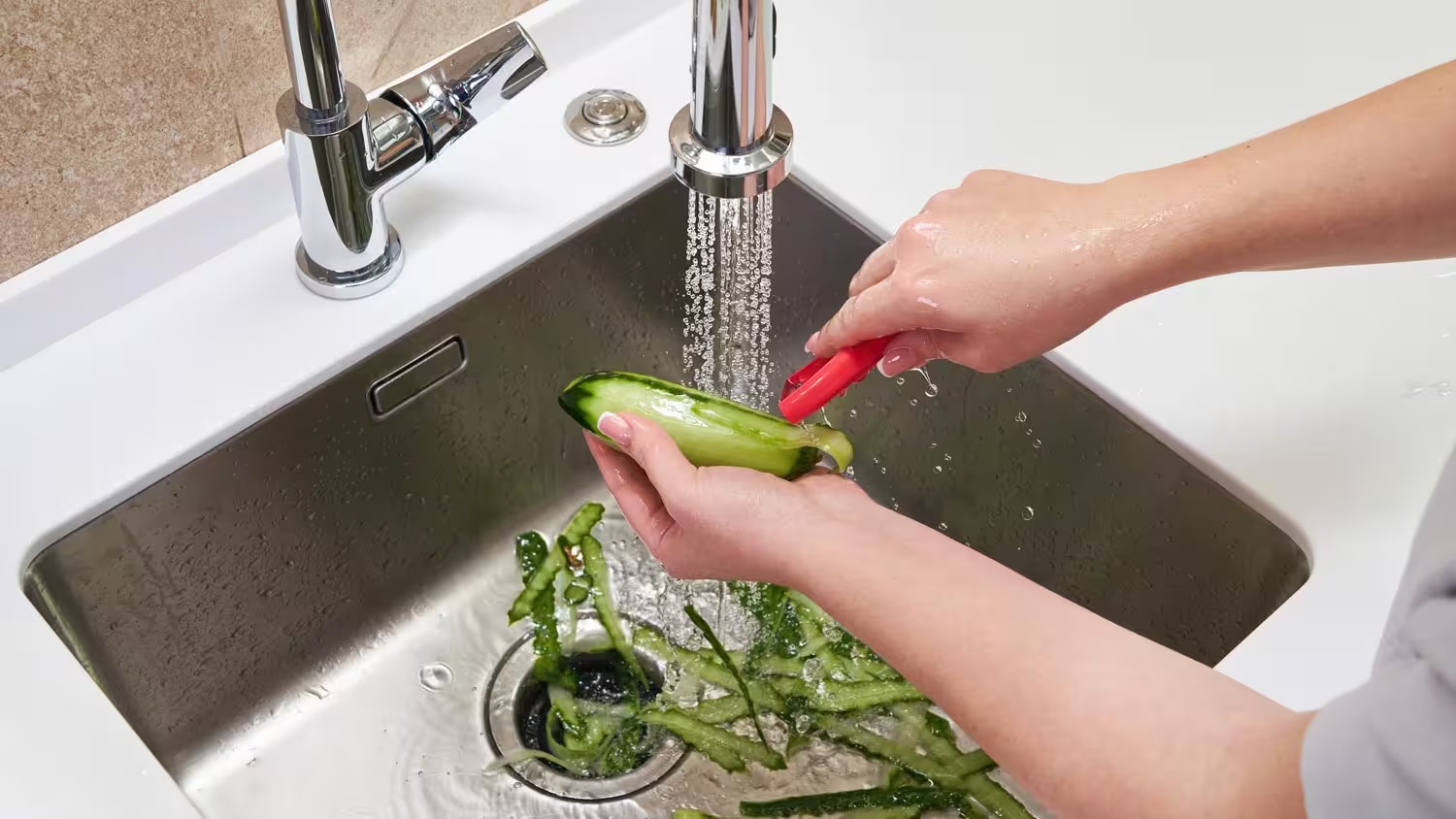

Interior Design
13 Things You Should Never Put In A Garbage Disposal
Modified: January 6, 2024
Avoid damaging your garbage disposal with these 13 items. Learn how to properly care for your interior design by keeping these items out of your disposal.
(Many of the links in this article redirect to a specific reviewed product. Your purchase of these products through affiliate links helps to generate commission for Storables.com, at no extra cost. Learn more)
Introduction
Garbage disposals are a convenient and efficient way to dispose of food waste in the kitchen. They help reduce the amount of organic waste that ends up in landfills, making them an eco-friendly choice for many homeowners. However, it’s important to remember that not all types of food waste are suitable for disposal in a garbage disposal unit.
Putting the wrong items down the disposal can result in clogs, damage to the unit, and even plumbing issues. To prevent these problems and keep your garbage disposal running smoothly, it’s essential to know what should never be put in it. In this article, we will discuss thirteen things you should avoid putting in a garbage disposal.
Key Takeaways:
- Avoid putting vegetable peels, coffee grounds, and non-food items in your garbage disposal to prevent clogs and damage. Opt for composting or alternative uses for these items instead.
- Never dispose of bones, shells from seafood, or chemicals in your garbage disposal. Proper disposal of these items will help maintain a smooth-running kitchen plumbing system.
Vegetable peels
While it may seem convenient to toss vegetable peels down the garbage disposal, it’s best to avoid doing so. Vegetable peels, especially from starchy vegetables like potatoes and carrots, can create a thick paste-like substance when ground up. This paste can stick to the blades of the disposal and cause clogs in the drain pipes.
Instead of putting vegetable peels in the garbage disposal, consider incorporating them into other recipes or using them for composting. For example, potato peels can be baked into crispy snacks, and carrot peels can be used in vegetable stock.
If you have a large quantity of vegetable peels that you need to dispose of, it’s better to throw them in the trash or compost them, if possible. Just make sure to avoid overwhelming your compost bin with too many peels at once, as this can create an imbalance in the composting process.
In addition to vegetable peels, it’s also a good idea to avoid putting fibrous vegetables like celery and asparagus down the garbage disposal. The long fibers in these vegetables can wrap around the disposal blades and create blockages in the drain pipes. If you need to dispose of fibrous vegetables, it’s best to throw them in the trash or consider composting them.
Coffee grounds
Many coffee lovers may be tempted to rinse their coffee grounds down the garbage disposal, but this can actually cause more harm than good. Coffee grounds are notorious for clumping together when wet, and this can lead to clogs in your drain pipes.
Instead of putting coffee grounds in the garbage disposal, consider using them in other ways. Coffee grounds can be added to your compost bin, where they will contribute valuable nutrients to the soil. They can also be used as a natural exfoliant in homemade skincare products or as a deodorizer in the refrigerator.
If you are determined to get rid of coffee grounds down the garbage disposal, try to minimize the amount you put in at once. Running cold water while grinding the small quantity of coffee grounds can help prevent them from clumping and sticking to the blades.
Alternatively, some experts suggest using coffee grounds to clean your garbage disposal. By pouring a small amount of coffee grounds into the unit, running water, and turning it on, you can remove any lingering odors. However, it’s important to note that this should be done sparingly and in conjunction with other cleaning methods to ensure the disposal remains in good working condition.
Grease and oil
One of the biggest mistakes you can make with your garbage disposal is pouring grease or oil down the drain. While it may be in liquid form when hot, grease and oil solidify as they cool, creating a sticky and stubborn clog in your pipes.
Instead of disposing of grease and oil in the garbage disposal, it’s best to let them cool and solidify, and then scrape them into a container and throw them in the trash. Alternatively, you can collect used cooking oil in a sealed container and take it to a recycling facility that accepts cooking oils for proper disposal.
Moreover, if you regularly cook with oils or grease, it’s important to wipe down your dishes and cooking utensils with a paper towel before washing them. This helps to remove excess grease and oil to ensure they don’t end up going down the drain and causing problems for your garbage disposal.
Remember, even small amounts of grease and oil can accumulate over time and cause significant blockages in your plumbing system. So, it’s crucial to be mindful of disposing of these substances properly to avoid costly repairs and maintenance.
Pasta and rice
While pasta and rice may seem harmless to dispose of in a garbage disposal, these starchy foods can swell and absorb water in the disposal, leading to clogs and blockages. The sticky nature of cooked pasta and rice makes it even more likely for them to get stuck in the disposal blades or trap other food particles.
Instead of putting pasta and rice down the garbage disposal, it’s better to dispose of them in the trash. If you have leftover cooked pasta or rice, consider saving them for another meal or repurposing them in a new dish.
If you do accidentally drop some pasta or rice in the garbage disposal, it’s important to run cold water and the disposal for an extended period to ensure that the food is fully flushed out. This will help prevent any potential clogs or blockages from occurring.
Remember, even small amounts of pasta and rice can expand and cause issues over time. So, to maintain the health of your garbage disposal and prevent any unnecessary repairs, it’s best to avoid putting them down the drain altogether.
Bones
Bones should never be put into a garbage disposal. Garbage disposals are not designed to handle hard objects like bones, and attempting to grind them can cause damage to the blades and motor of the unit.
When bones are placed in the disposal, they can get stuck and create a blockage in the drain pipes. This can lead to backups and potential plumbing issues that are both costly and time-consuming to fix.
If you have bones to dispose of, it’s best to wrap them in a plastic bag and throw them in the trash. Alternatively, you can save bones to make homemade broth or stock. Simply simmer them in water along with other ingredients like vegetables and herbs to create a flavorful base for soups and stews.
It’s important to note that even small bones, such as fish bones or chicken bones, should not be put in the garbage disposal. These bones can easily break and cause damage to the blades and motor, resulting in costly repairs or even the need for a replacement unit.
To keep your garbage disposal running smoothly and avoid any unnecessary damage, it’s best to dispose of bones in the appropriate way, rather than attempting to grind them up in the disposal.
Eggshells
While it may be tempting to dispose of eggshells in the garbage disposal, it’s actually not recommended. Eggshells have a thin, membrane-like inner lining that can get wrapped around the disposal blades and cause clogs in the drain pipes.
Additionally, eggshells are composed mainly of calcium carbonate, which does not break down easily in a garbage disposal. Grinding up eggshells may result in small, gritty particles that can accumulate in the disposal, leading to potential blockages over time.
To properly dispose of eggshells, it’s best to crush them and add them to your compost bin. The calcium-rich shells can help balance the pH levels in the compost and add valuable nutrients to the soil.
Alternatively, you can use crushed eggshells as a natural pest deterrent in your garden. Many insects, such as slugs and snails, are repelled by the sharp edges of crushed eggshells, making them a safe and effective method of pest control.
Remember, when it comes to eggshells, it’s better to find alternative uses for them rather than putting them in your garbage disposal. This will help prevent potential clogs and blockages, keeping your disposal and plumbing in good working order.
Fruit pits and seeds
Fruit pits and seeds should never be put in a garbage disposal. The hard and dense nature of these items can damage the disposal blades and motor, leading to costly repairs or even the need for a replacement unit.
When fruit pits or seeds are ground up in the garbage disposal, they can also create blockages in the drain pipes. They have a tendency to get stuck and accumulate over time, which can restrict the flow of water and cause backups.
Instead of disposing of fruit pits and seeds in the garbage disposal, it’s best to remove them and throw them in the trash. However, it’s worth noting that some fruit seeds and pits, such as those from apricots or cherries, can be used to grow new plants or trees. If you have a green thumb, you can save and plant these seeds to create your own fruit-bearing plants.
For the fruits themselves, it’s generally safe to put soft and juicy parts down the garbage disposal. However, it’s important to remove any pits or seeds before doing so. Always remember to run cold water while grinding the fruit to help flush out any remaining residues.
By avoiding putting fruit pits and seeds in your garbage disposal, you can prevent damage to the unit and ensure the smooth functioning of your kitchen plumbing system.
Avoid putting fibrous foods like celery and artichokes in the garbage disposal, as they can wrap around the blades and cause clogs. Instead, dispose of them in the trash.
Fibrous vegetables
Fibrous vegetables such as celery, asparagus, and artichokes should be avoided in the garbage disposal. These vegetables have long, stringy fibers that can wrap around the disposal blades and cause blockages in the drain pipes.
When fibrous vegetables are ground up in the garbage disposal, the fibers can tangle around the blades, creating a mesh-like barrier that prevents proper drainage. This can lead to clogs and backups in your kitchen sink.
Instead of disposing of fibrous vegetables in the garbage disposal, it’s best to throw them in the trash. Alternatively, consider recycling them in a compost bin, where the organic materials will break down naturally and provide valuable nutrients for your garden.
If you do accidentally drop some fibrous vegetables into the garbage disposal, it’s important to run cold water and the disposal for a longer period to ensure that the fibers are fully flushed out. This will help avoid any potential clogs or blockages from occurring.
By being mindful of the issues that fibrous vegetables can cause in a garbage disposal, you can prevent unnecessary plumbing problems and keep your kitchen running smoothly.
Shells from seafood
It’s important to avoid putting shells from seafood, such as shrimp, crab, or lobster, down the garbage disposal. These shells are hard, sturdy, and can cause serious damage to the blades and motor of the disposal.
When shells are ground up in the garbage disposal, they can splinter into smaller, sharp pieces. These pieces can get lodged in the disposal blades or create blockages in the drain pipes, resulting in a malfunctioning unit or plumbing issues.
Instead of disposing of seafood shells in the garbage disposal, it’s best to throw them in the trash. You can seal them in a bag or container to minimize any odors. Alternatively, you can save seafood shells and use them to make homemade seafood stock or broth.
Making your own seafood stock is as simple as simmering the shells with aromatics like onions, garlic, and herbs in water. This homemade stock can be used as a flavorful base for soups, stews, and sauces.
Remember, seafood shells can be tough and hard, so it’s best to avoid putting them in the garbage disposal to prevent any potential damage or clogs. Proper disposal of these shells will help keep your kitchen plumbing in good condition.
Non-food items
It’s important to strictly avoid putting non-food items in the garbage disposal. Garbage disposals are designed to handle biodegradable food waste, not solid objects or non-organic materials.
Non-food items such as metal utensils, glass, plastic, paper, rubber bands, and other miscellaneous objects can cause severe damage to the garbage disposal unit. These items can jam the disposal blades, break the motor, or clog the drain pipes, requiring costly repairs or replacements.
Always double-check that no foreign objects have accidentally fallen into the sink before running the garbage disposal. It’s a good practice to inspect the disposal area and remove any non-food items that might have found their way there.
If you accidentally drop a non-food item into the garbage disposal, it’s important to turn off the disposal immediately and avoid trying to retrieve it yourself. Instead, contact a professional plumber to safely remove the object and assess any damage.
By staying vigilant and ensuring that only food waste goes into the garbage disposal, you can prolong its lifespan and avoid unnecessary repair expenses.
Chemicals and cleaning products
Under no circumstances should chemicals or cleaning products be poured down the garbage disposal. These substances can be extremely harmful to both the environment and your plumbing system.
Chemicals such as drain cleaners, bleach, and strong acids can corrode the disposal components, causing damage to the motor, seals, and blades. In addition, these chemicals can also pose a risk to your health and safety if they come into contact with your skin or eyes.
Cleaning products may contain harsh chemicals that can react negatively with the materials inside the garbage disposal. Chemical reactions can lead to the release of toxic fumes or even cause the disposal to malfunction.
If you need to clean your garbage disposal, it’s best to use natural and safe methods. One effective method is using a mixture of baking soda and vinegar. Sprinkle a few tablespoons of baking soda into the disposal, followed by a cup of vinegar. Let the mixture sit for a few minutes, then flush it out with hot water while running the disposal.
Remember, the garbage disposal is not a proper place for chemical disposal or cleaning. Always follow the manufacturer’s instructions and use safe, eco-friendly methods to clean and maintain your garbage disposal.
Starchy or sticky foods
Starchy or sticky foods, such as potato peels, banana peels, and adhesive substances like gum or caramel, should be avoided in the garbage disposal. These foods have a tendency to cling to the disposal blades and can create a gummy, sticky mess that leads to clogs and blockages.
When starchy or sticky foods are ground up in the garbage disposal, they can form a thick paste that coats the blades and pipes. This can impede the flow of water and cause the disposal to become less effective over time.
Instead of disposing starchy or sticky foods in the garbage disposal, it’s best to throw them in the trash. For starchy foods like potatoes or rice, it’s recommended to scrape them into a compost bin or find alternative uses for them in cooking.
If you accidentally drop sticky substances like gum or caramel into the disposal, do not attempt to grind them up. Try to remove them manually using a pair of tongs or by freezing them to make them easier to remove.
By avoiding starchy or sticky foods in the garbage disposal, you can prevent troublesome clogs and ensure the reliable functioning of your kitchen plumbing system.
Large amounts of food at once
It’s important to avoid overwhelming your garbage disposal with large amounts of food all at once. While disposals are designed to handle food waste, overloading them can strain the motor and blades, leading to clogs and potential damage.
When too much food is introduced into the disposal at once, it can be difficult for the blades to effectively break down and flush out the waste. This can result in slow drainage, unpleasant odors, and an increased risk of clogs in the pipes.
To prevent overloading the garbage disposal, it’s essential to use it in moderation. Instead of scraping entire plates of food directly into the disposal, it’s better to scrape off excess food waste into the trash or compost bin and rinse the rest down the drain with cold water.
It’s also recommended to cut larger food items into smaller pieces before putting them into the disposal. This helps the blades to more easily break down the waste and allows for better water flow during the grinding process.
By being mindful of the amount of food waste you dispose of at one time, you can prolong the lifespan of your garbage disposal and maintain its efficiency in handling smaller quantities of food.
Conclusion
Proper usage and maintenance of your garbage disposal are essential for its longevity and trouble-free operation. By avoiding putting certain items down the disposal, you can prevent clogs, damage to the unit, and costly plumbing repairs.
In this article, we have discussed thirteen things you should never put in a garbage disposal. These include vegetable peels, coffee grounds, grease and oil, pasta and rice, bones, eggshells, fruit pits and seeds, fibrous vegetables, shells from seafood, non-food items, chemicals and cleaning products, starchy or sticky foods, and large amounts of food at once.
It’s important to remember that a garbage disposal is designed specifically for biodegradable food waste. Other items, such as non-food items, hard objects, and substances that can cause damage or clogs, should never be put in the disposal.
By following these guidelines and disposing of waste properly, you can maintain the functionality of your garbage disposal, extend its lifespan, and avoid unnecessary repairs. Remember to always read and follow the manufacturer’s instructions for your specific disposal model.
Taking these precautions will not only benefit your garbage disposal but also help minimize environmental impact by reducing the amount of waste that goes into landfills. So, make conscious choices when it comes to your garbage disposal, and enjoy its convenience and efficiency for years to come.
Frequently Asked Questions about 13 Things You Should Never Put In A Garbage Disposal
Was this page helpful?
At Storables.com, we guarantee accurate and reliable information. Our content, validated by Expert Board Contributors, is crafted following stringent Editorial Policies. We're committed to providing you with well-researched, expert-backed insights for all your informational needs.
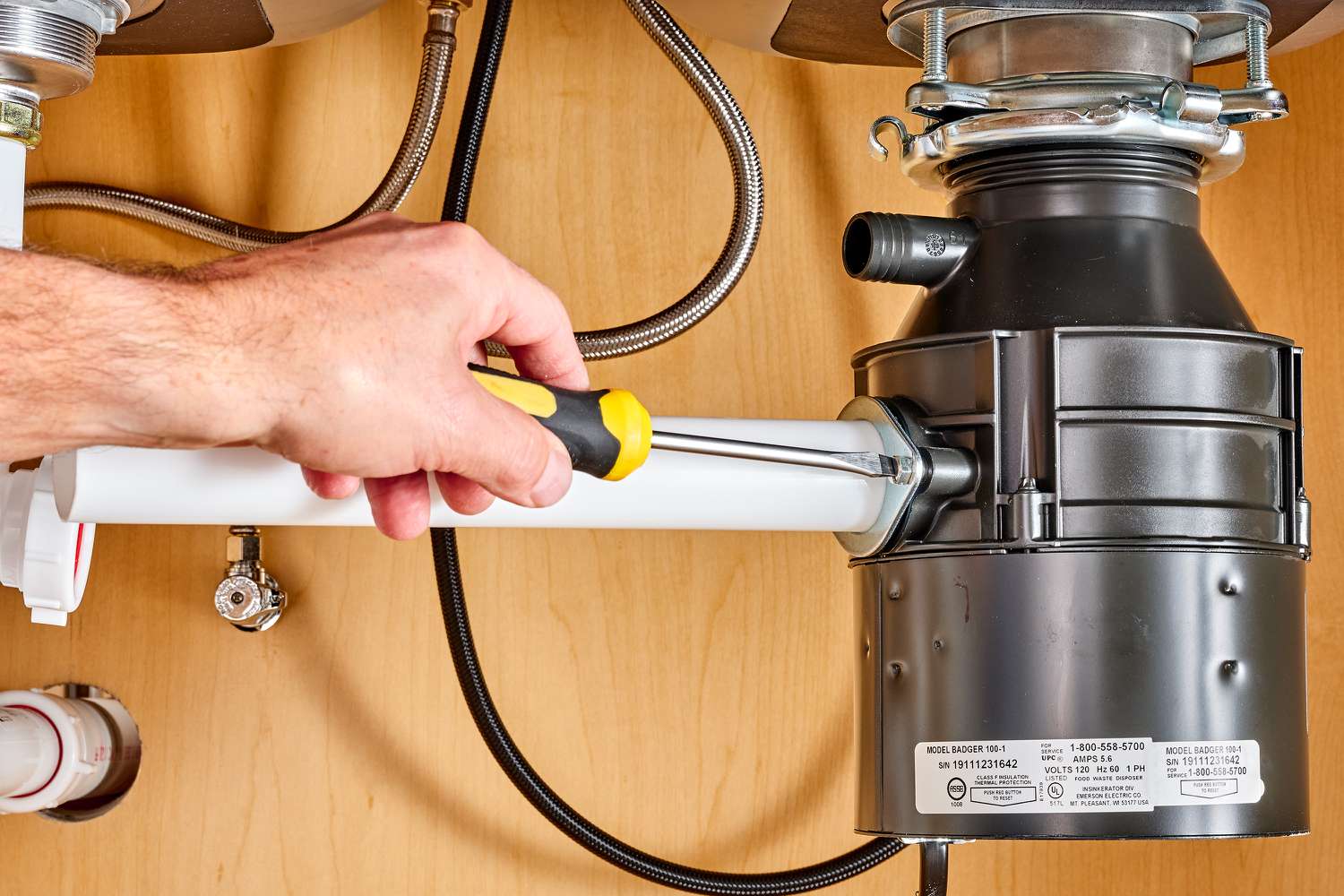
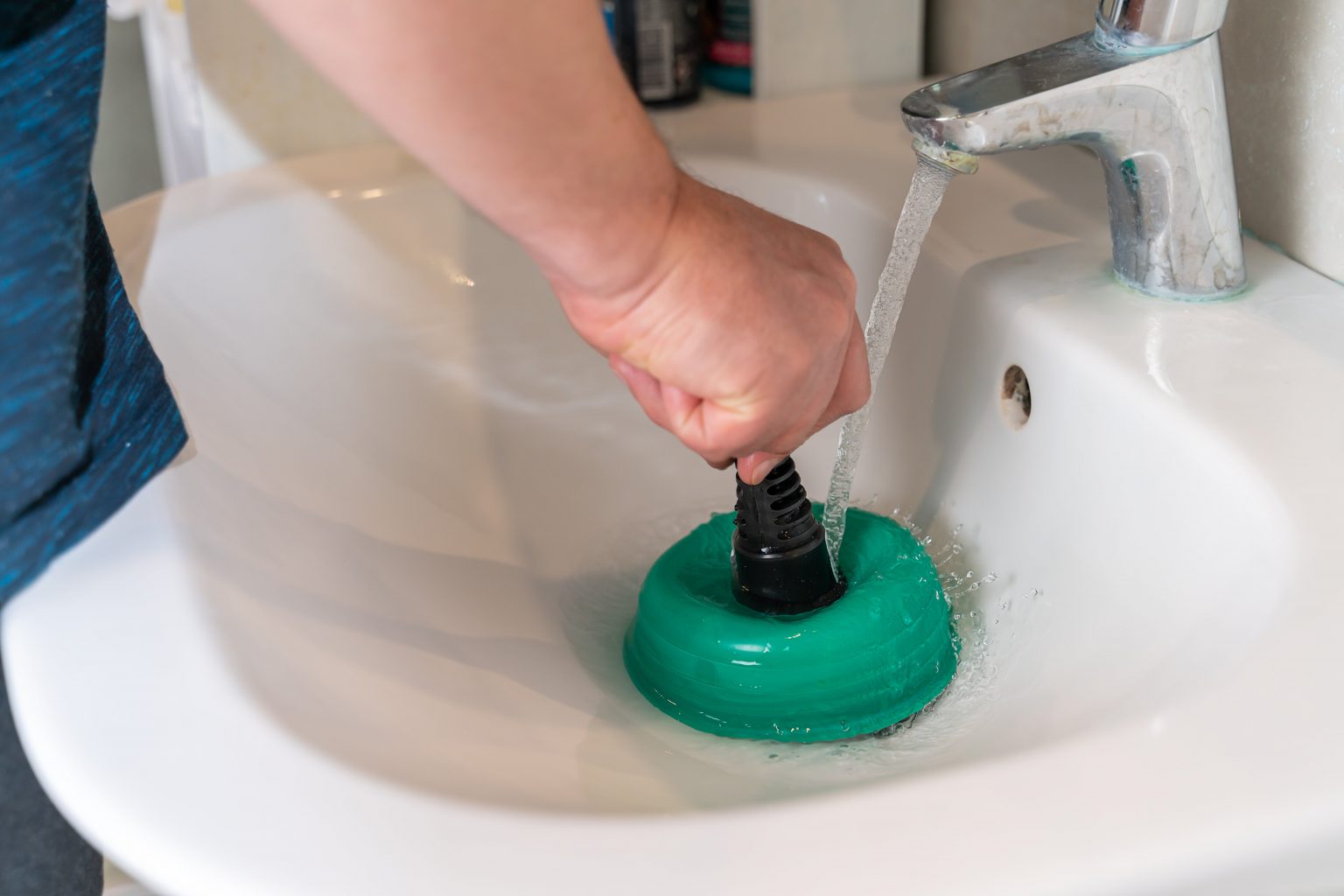
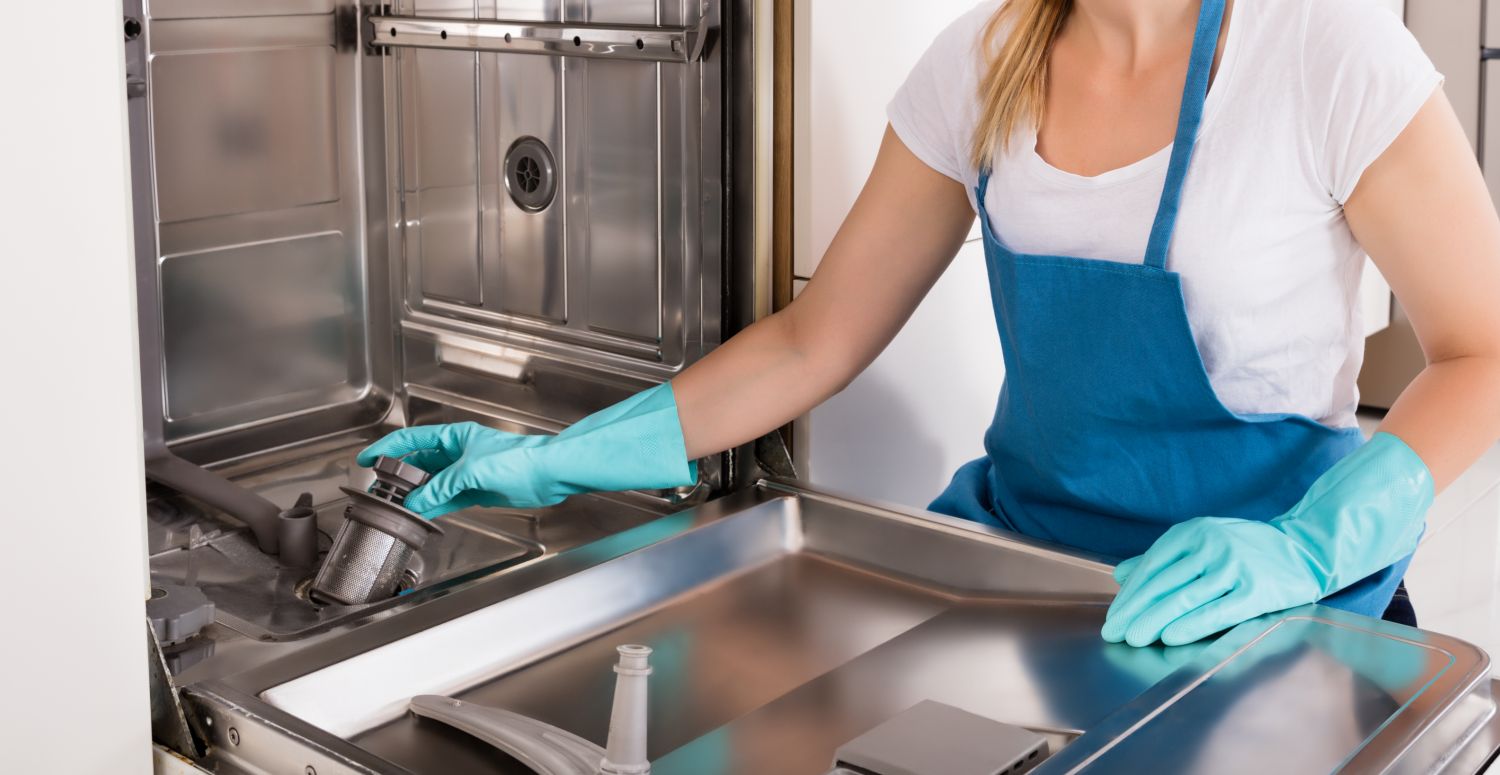



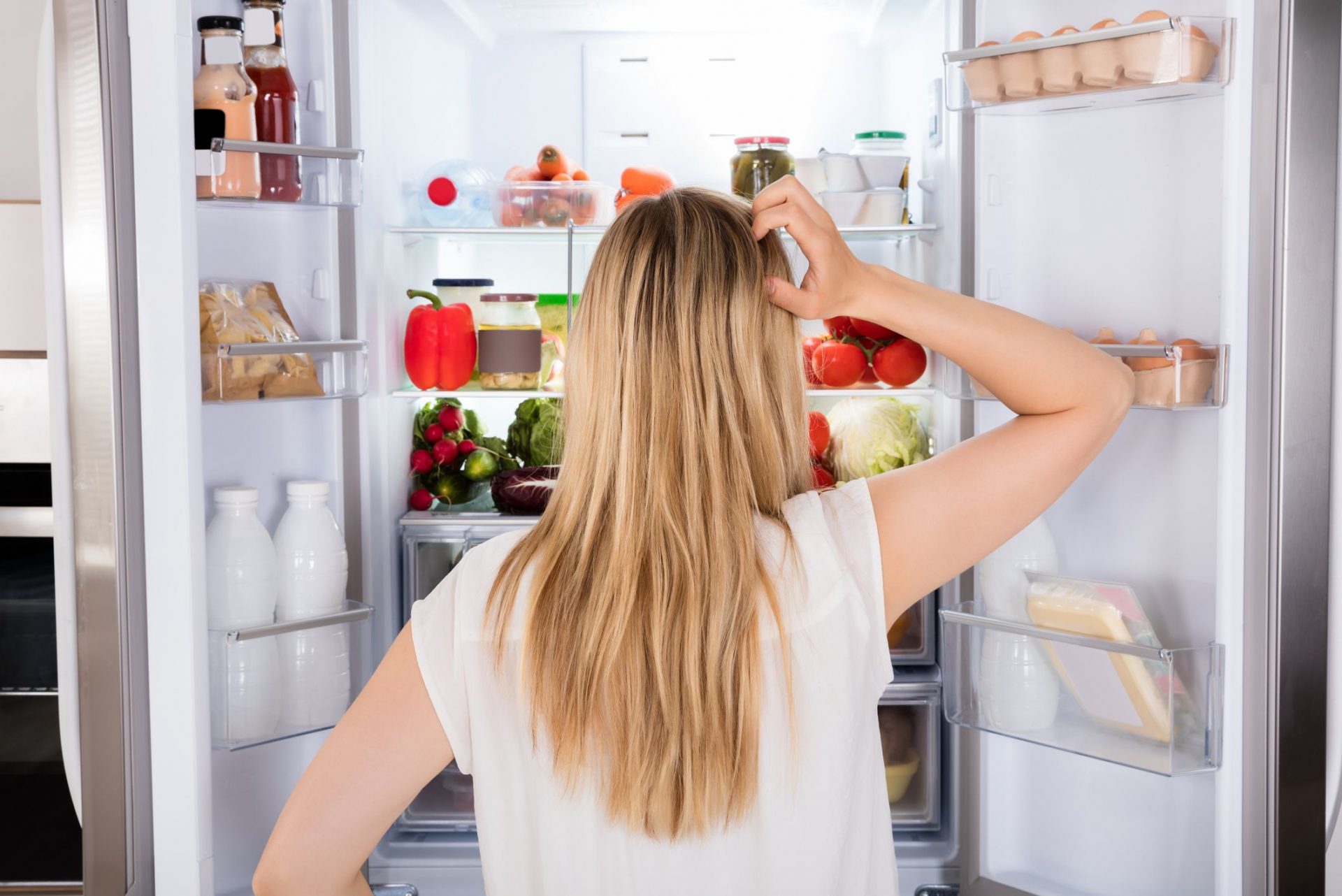
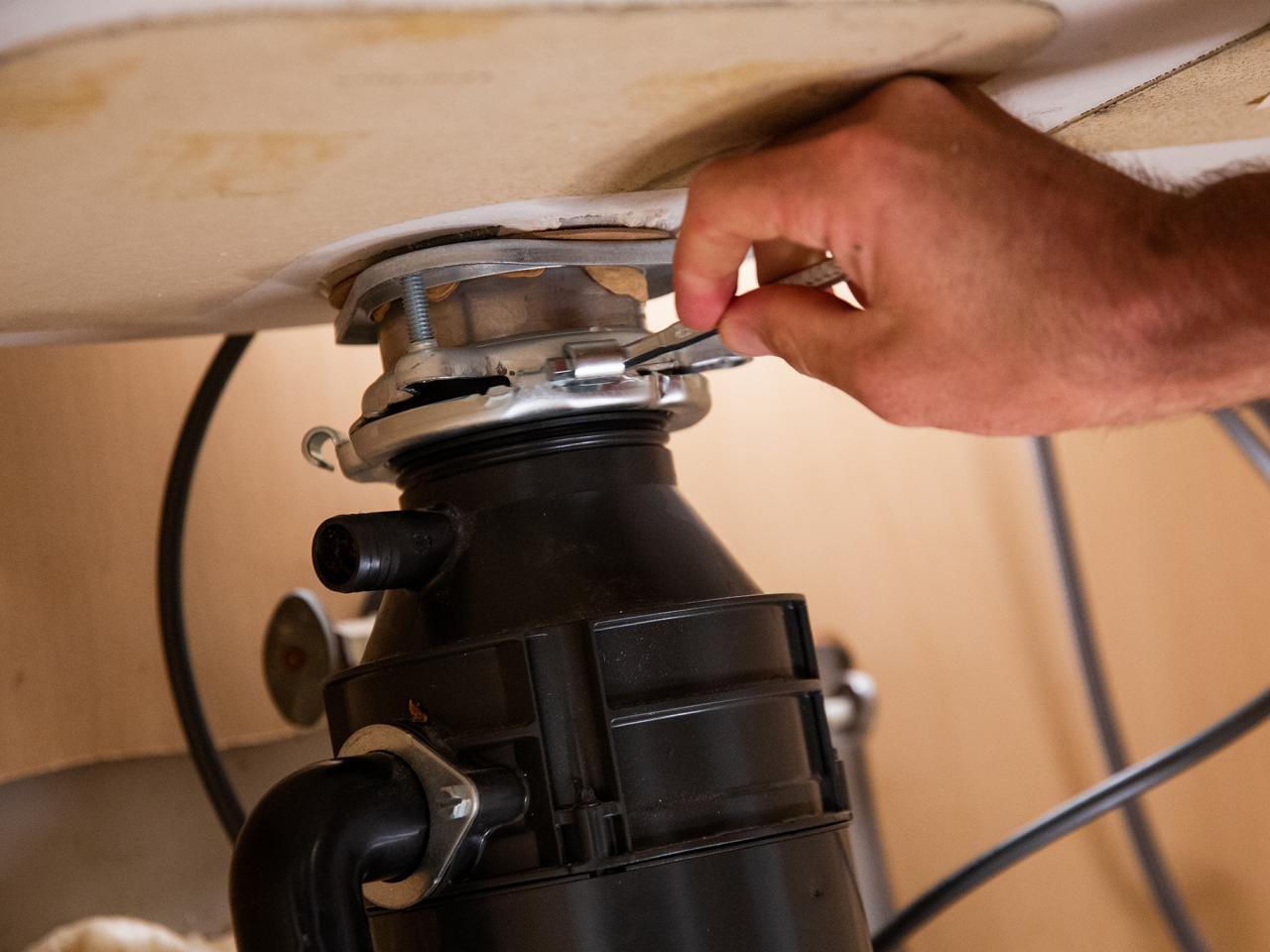
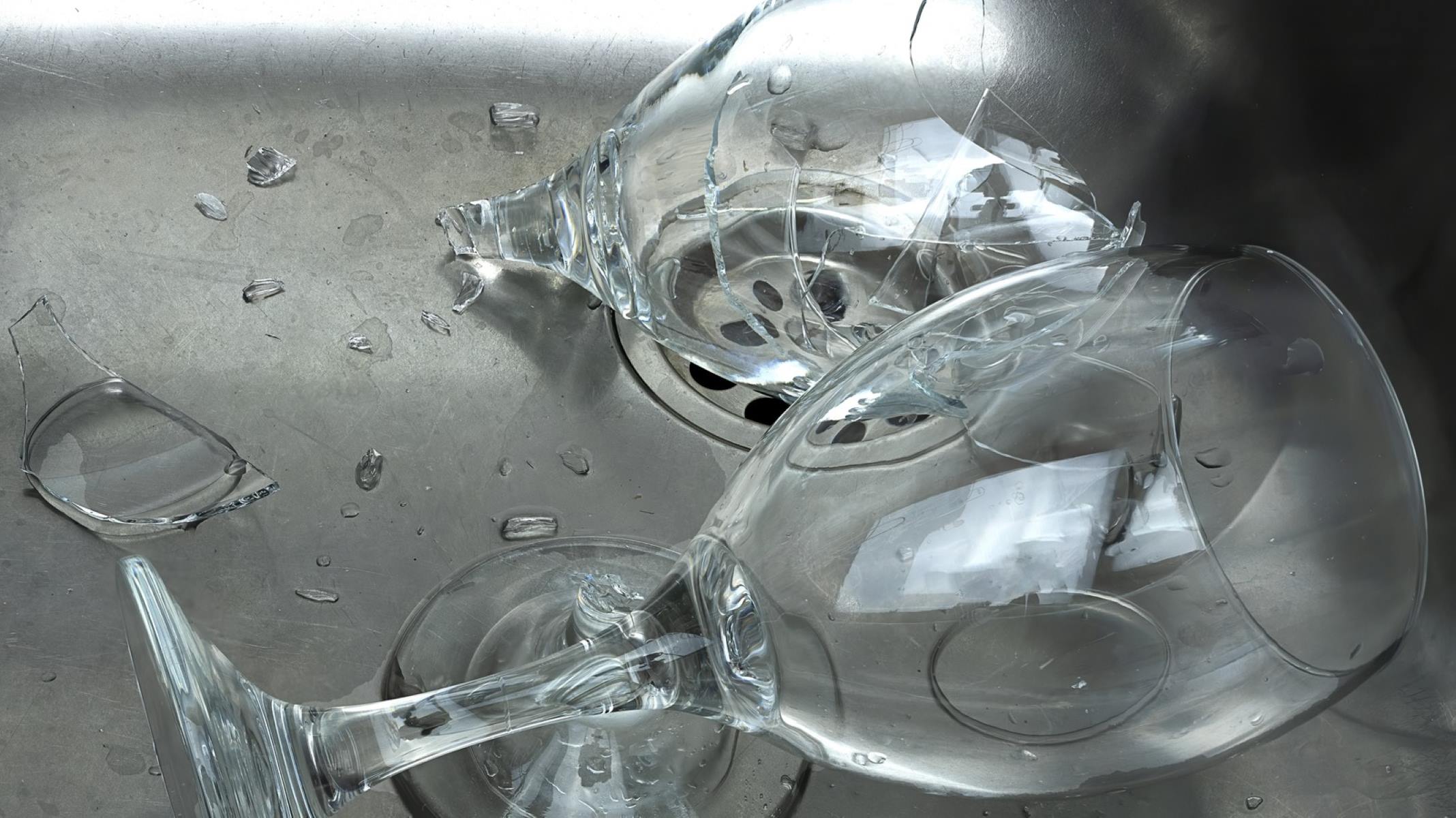
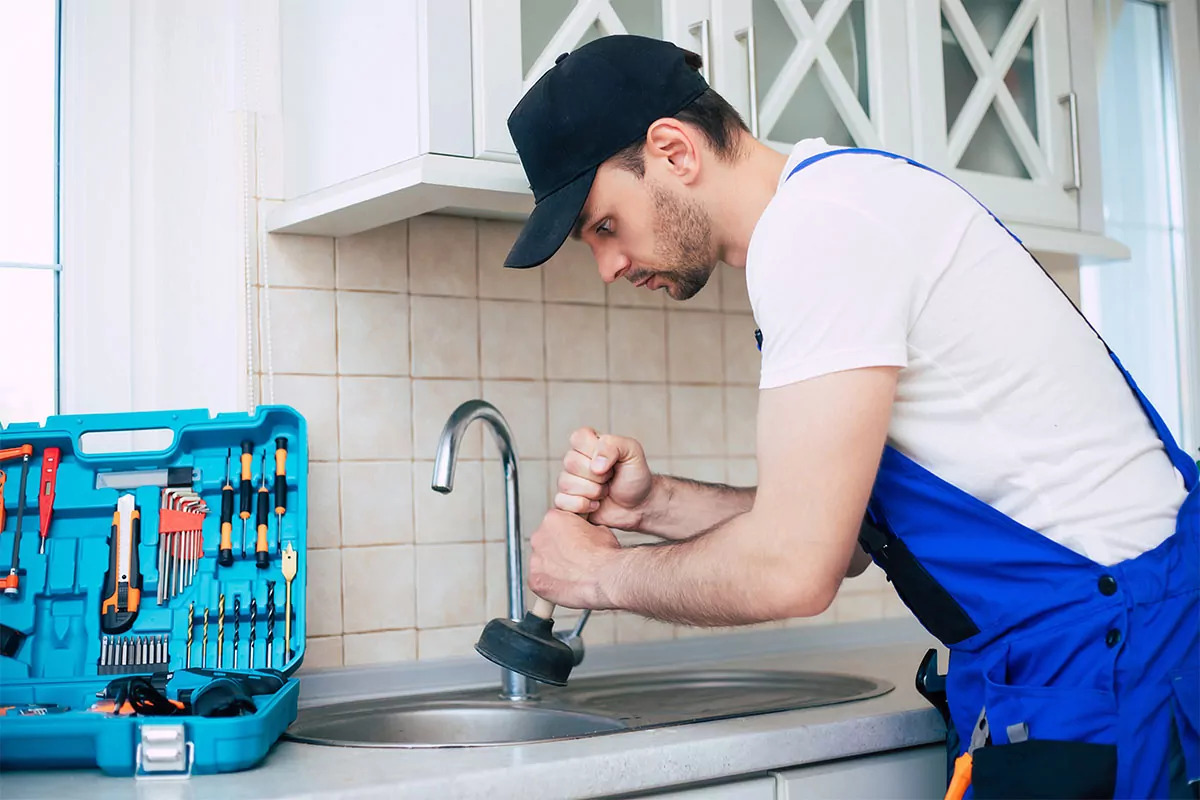
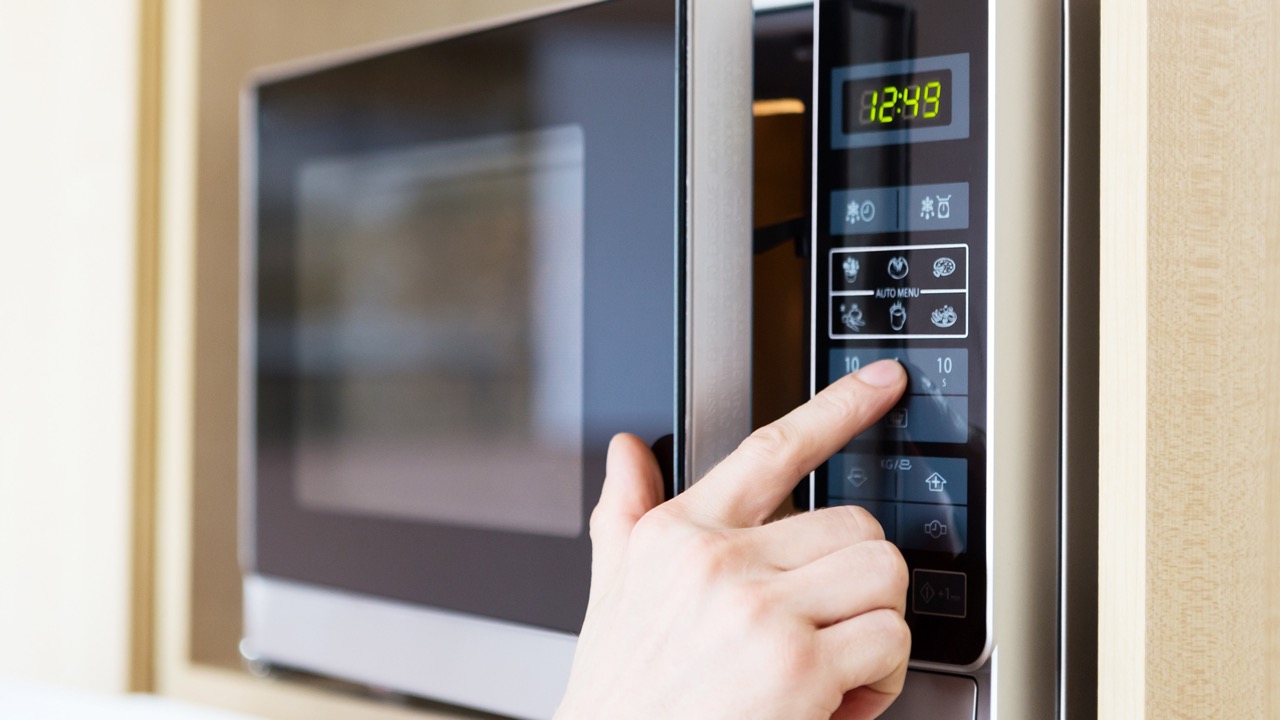
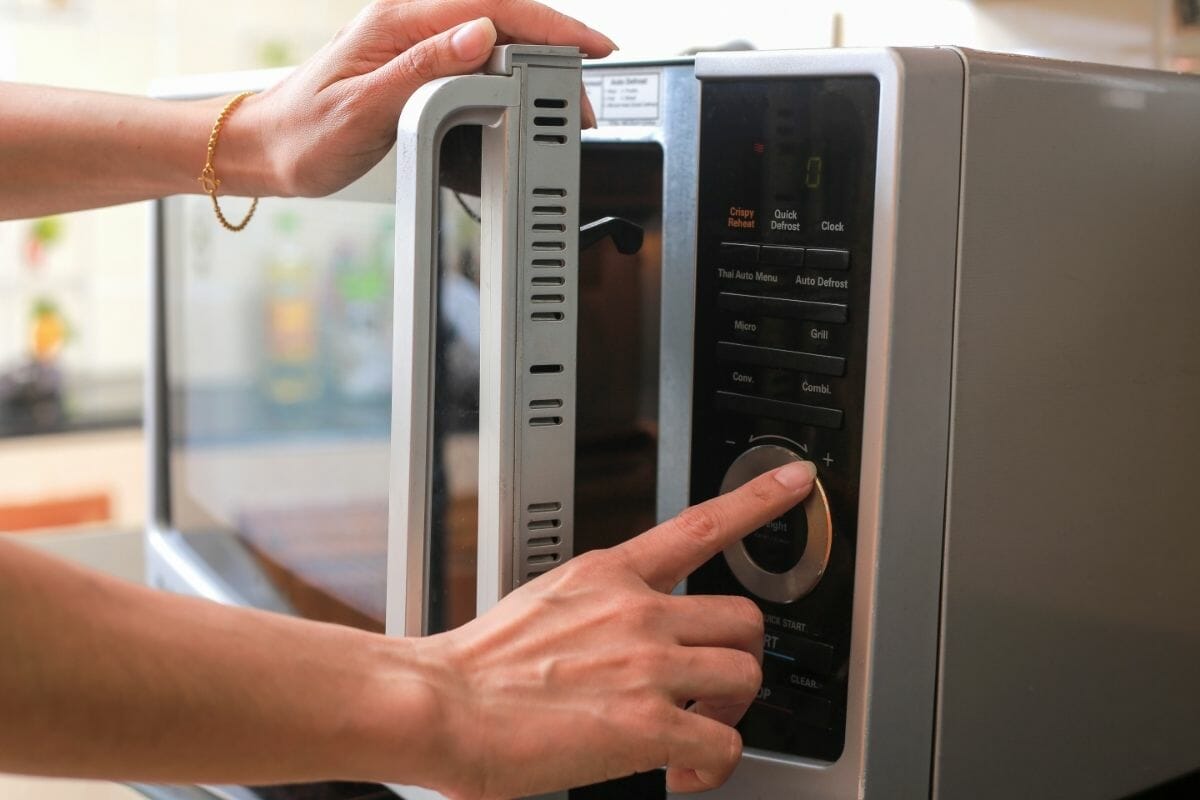

0 thoughts on “13 Things You Should Never Put In A Garbage Disposal”